What’s Wrong with Mini Whiteboards?
Although mini-whiteboards might seem like handy, low-tech instructional tools, they possess a number of downsides that should be carefully considered before you think about using them in the elementary, middle school or high school classrooms. So, what’s wrong with mini whiteboards? These include the following: (1) safety issues; (2) the need for dry erase markers and paper towels; (3) the need for a suitable storage space; (4) the need for constant cleaning; (5) student boredom through continuous use; (6) encouragement of robotic teaching methods; (7) misuse by students; and (8) potential problems with messiness.
Sharp Edges of Small Whiteboards
Many teachers use multi-colored electrical tape to cover the four sharp edges of their classroom’s mini dry erase boards. This might be an effective safety measure, but it presents an inconvenience that could be avoided through the use of whiteboard painted walls, as they have no potentially harmful edges and are completely safe to use. Also, unlike the tiny surfaces of mini-whiteboards, the surfaces of whiteboard walls offer students practically limitless opportunities to learn and express their creativity.
You Will Need Dry Erase Markers for Each Kid
Some parents may not be willing to supply erasable markers. You may thus need to add dry erase markers to your classroom “wish list.” Although dry erase markers are also needed when using whiteboard painted walls, the walls’ easy erasability and large size make them much more user-friendly and thus potentially more appealing to parents.
You Will Need a Supply of Paper Towels
To minimize staining and ghosting, it’s necessary to clean mini-whiteboards right after use. Many teachers have each of their students bring a washcloth from home for this purpose, which is better for the environment. However, if paper towels are used for cleaning, large amounts of paper need to be disposed of on a regular basis, thus adding to the many environmental problems associated with paper production and disposal. Paper towels, paper napkins, paper plates, and facial tissues are non-recyclable. In the case of paper towels used for cleaning mini whiteboards, since they come in contact with dry erase marker ink, they are unable to be “cleaned” during the recycling process and thus can’t be included with other “clean” paper waste such as old newspapers and copy paper. Thus, they end up in landfills, many of which are reaching their peak capacity in the United States today.
Mini Whiteboard Storage
Mini whiteboards are often too bulky for students to carry around from classroom to classroom or to take home every day. So students will need to keep their mini-whiteboards in their desks, or the teacher will have to keep them in a common area of the classroom where they can be accessed easily. If stored in the classroom, the boards will need to be retrieved at the beginning of each day, handed out individually to students, and later collected after class, thus creating extra hassles for the teacher. It will also be necessary to keep a daily count of how many of the boards were handed out and collected to avoid the problem of students borrowing the boards without notifying the teacher, taking them home, and not remembering to return them to the classroom the next day.
Mini Whiteboards Must Stay Clean
Written text and drawings left on low-quality mini whiteboards for long periods will invariably cause staining and “ghosting” or gray areas to occur, and these have to be removed with whiteboard cleaner or alcohol and a great deal of rubbing. For this reason, students will need to clean their boards after each use because otherwise, the boards will become prone to ghosting. And even when cleaned frequently, traditional whiteboard surfaces are subject to ghosting after just a few months of use. This is not a problem, however, with top-quality whiteboard painted walls due to their highly durable, stain-resistant finish. In fact, our whiteboard painted surfaces come with a ten-year warranty that protects against peeling, cracking and yellowing. The warranty also assures that our products will resist staining and fading when the appropriate dry erase markers are used, and when their surfaces are properly cleaned and maintained.
Boredom Through Continuous Use
Although mini-whiteboards can be helpful for teachers in getting feedback from students and thus assessing their learning of lesson contents, this practice can become tedious for students over the course of a day. When students finish math problems or answer questions and then hold up their whiteboards so that teachers see their work, the teachers can note those students who understand and those who need help and adjust their teaching appropriately. However, students can easily become bored and fatigued when a teacher constantly asks them to hold up their mini-whiteboards after just a brief time of working on a problem or question. On the other hand, children always find solving problems and answering questions on the vast surface of a whiteboard painted wall to be fun and stimulating, so they tend to jump right up to the wall, do their assigned work, and never consider the experience to be monotonous or tiring.
Small Whiteboards Can Lead to Robotic Teaching Methods
Teachers sometimes use mini whiteboards in routine ways day after day, and this can lead to uncreative, repetitious, and robotic ways of teaching. For example, when they want students to hold up their boards after answering a question or trying to solve a problem, they might say, “1-2-3, show me your answer.” The students then hold up their boards and the teacher might say, “Go student x” and that student then reads their answer out loud for the class. When these kinds of routines are used consistently, they can stifle creativity and spontaneity by making students adhere to the same form of instruction day in and day out.
By contrast, the massive spaces available for writing and drawing on whiteboard painted walls tend to inspire more diverse and creative approaches to teaching. For example, teachers might use a whiteboard wall to present students with visual clues such as charts with illustrations and essential formulas, so that students understand how to use math strategies more effectively than they would by just reading a textbook and trying to solve problems on a mini whiteboard.
Student Misuse of Mini Whiteboards
Another issue related to the use of mini-whiteboards in the classroom is the fact that students often use the surfaces to doodle, scribble, write notes to one another, or draw irrelevant or inappropriate images, instead of working on the lesson assigned by their teacher. In such cases, teachers will need to make sure that students use their mini-whiteboards solely for the purpose of answering questions and solving problems, and not messing around with irrelevant activities that take up their valuable in-class time. Such behavior monitoring also wastes teachers’ time and can be disruptive to the flow of a class session. This problem can be minimized when students use whiteboard painted walls to do their work because the sheer fun of writing and drawing on the walls’ vast surfaces tends to motivate kids to “do the right thing” and pursue their lessons instead of fooling around and wasting time.
Problems with the Messiness of Small Whiteboards
Classroom tables and desks and students’ clothing can get stained and messy when dry erase markers are used continuously during the day by students sitting at desks. This presents obvious concerns for parents who have to use special techniques to remove the ink stains. Getting dry erase ink from clothes is especially problematic as it involves using isopropyl alcohol, a lot of paper towels, and much dabbing and rubbing until the ink stains are gone. The procedure for cleaning marker ink from wooden desks and tables is also a hassle, as it involves the use of household lubricating spray, warm, soapy water, and even nail polish remover if the marker stains are especially stubborn. All of these annoyances can be avoided through the application of premium whiteboard painted walls, which require students to stand up while writing or drawing, and the standing posture is much less likely to result in marker ink getting on clothes. Moreover, using a whiteboard wall does not involve the need for desks or tables.
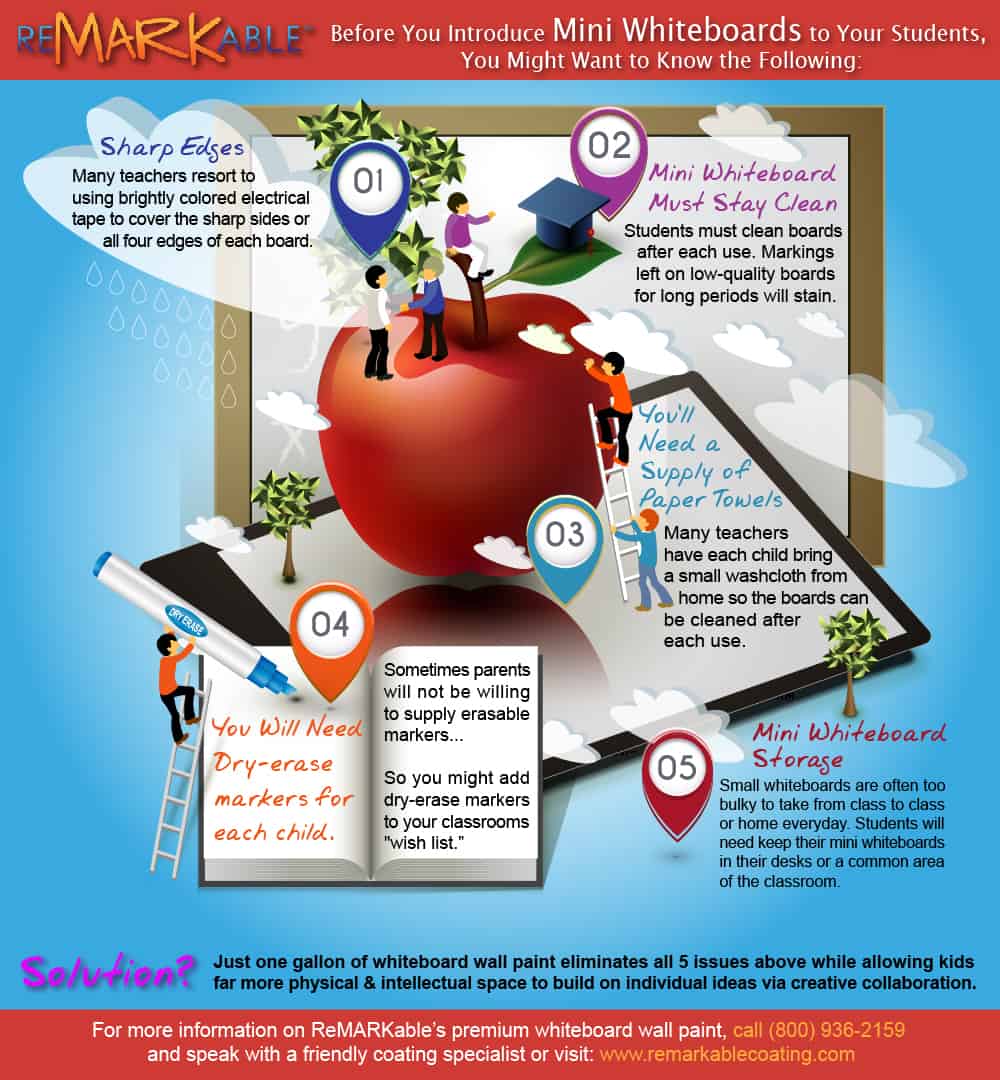

























































































![ReMARKable’s Winter Sale is Here! [25% Off + Free Shipping]](https://www.remarkablecoating.com/wp-content/uploads/2018/01/Red-Tag-Winter-Fashion-Facebook-Post-1-440x264.png)















![Drive Your Organization Into Openness and Watch it Expand [20% Off Whiteboard Paint]](https://www.remarkablecoating.com/wp-content/uploads/2016/04/Drive-Your-Organization-Into-Openness-and-Watch-It-Expand.-1-440x264.jpg)

![30% Off St Patrick’s Day Sale! [Details Inside]](https://www.remarkablecoating.com/wp-content/uploads/2016/03/Glorious-1-440x264.png)


![Giant Leaps Forward Require Big Spaces. [Leap Year Sale Event!]](https://www.remarkablecoating.com/wp-content/uploads/2016/02/Giant-Leaps-ForwardRequire-Big-Spaces-440x264.jpg)

















![ReMARKable Summer Sale 2018 [28% Off Whiteboard Paint]](https://www.remarkablecoating.com/wp-content/uploads/2018/06/Blue-Simple-Line-Beach-Facebook-Post-1-440x264.png)







































































































































































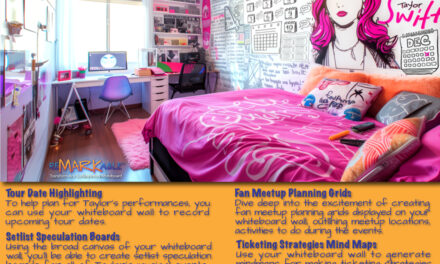


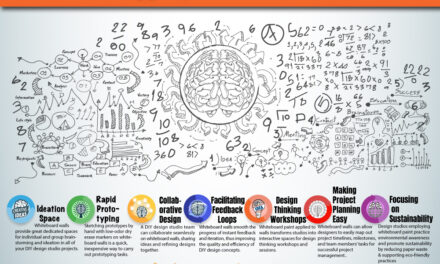
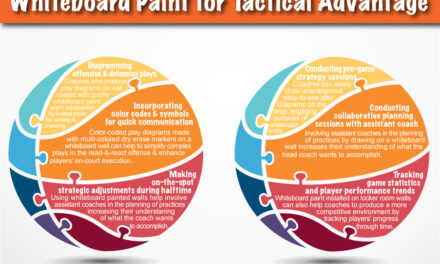
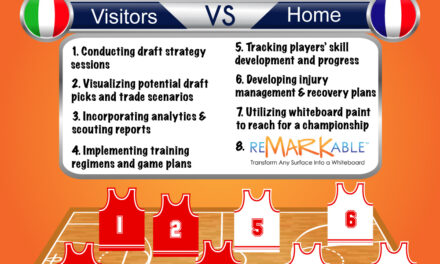
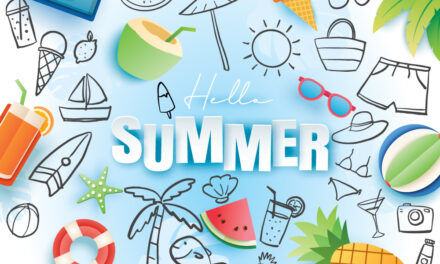
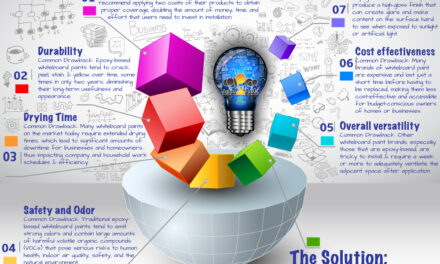

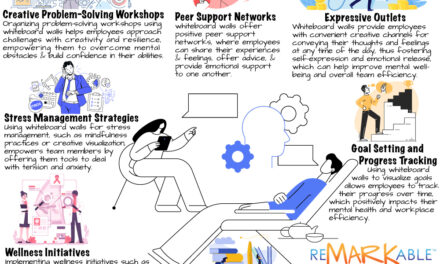
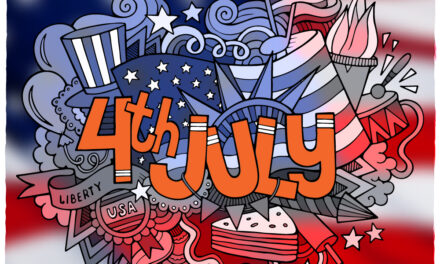
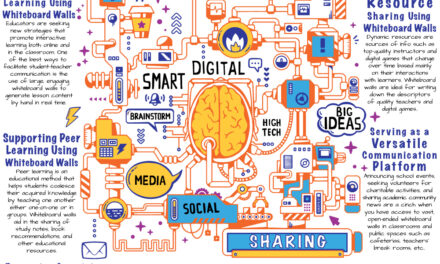
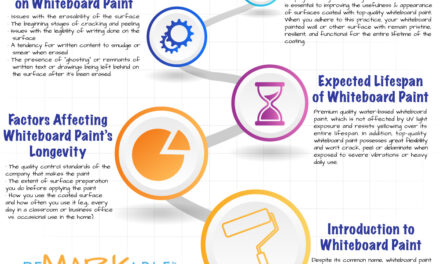
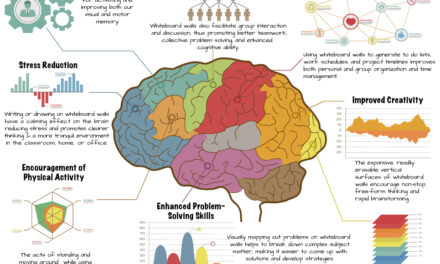


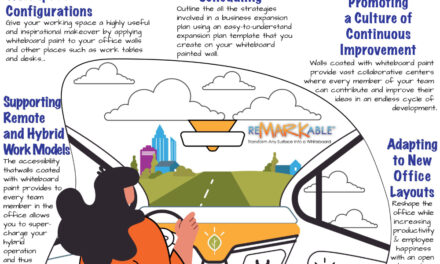
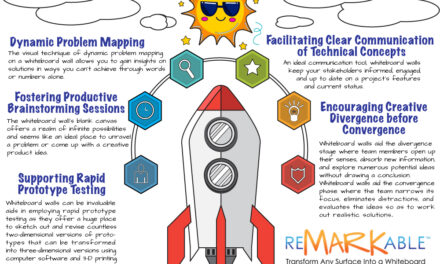

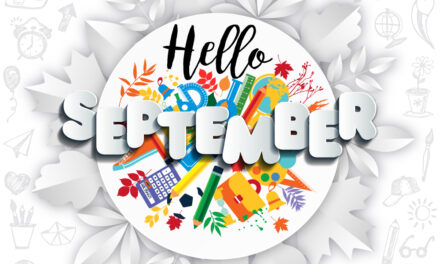
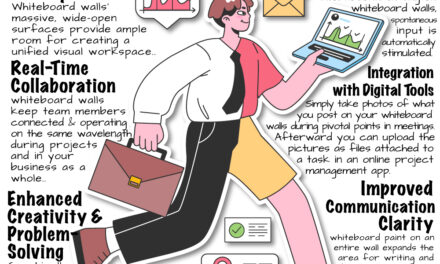
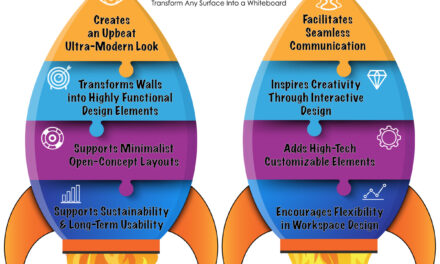

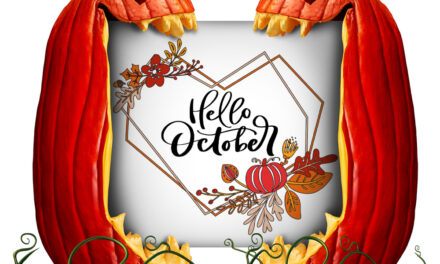

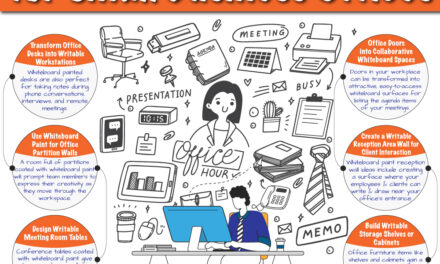
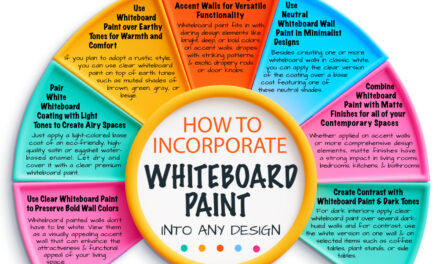
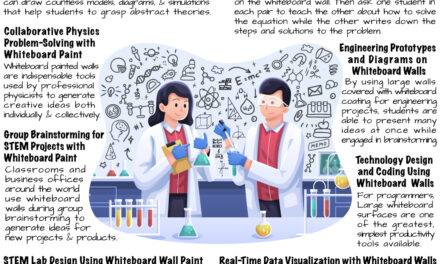
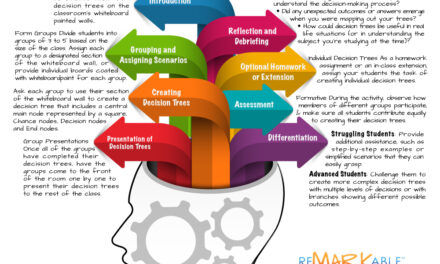

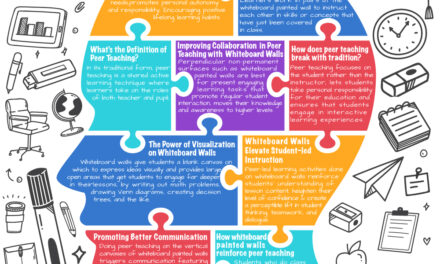
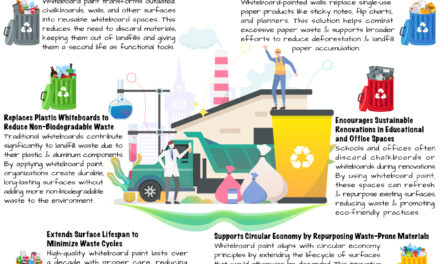

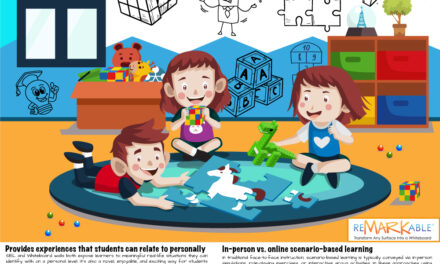

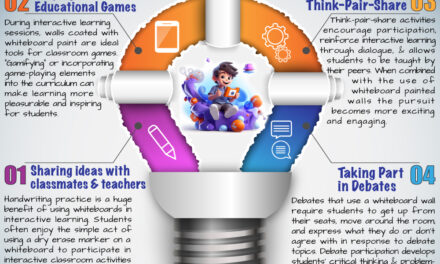
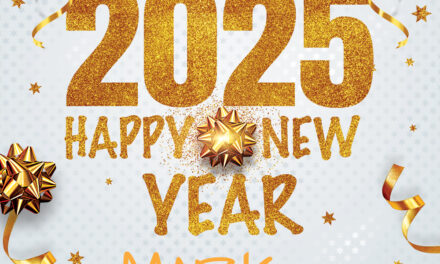

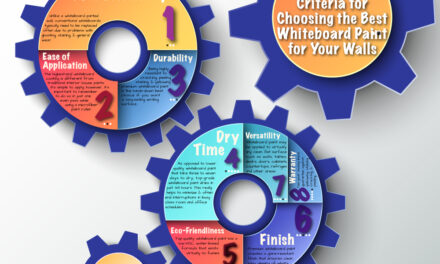
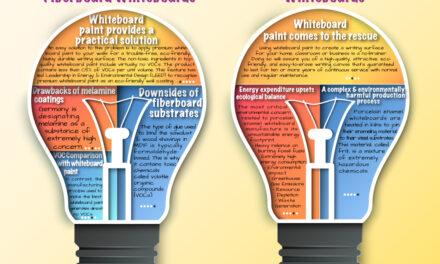
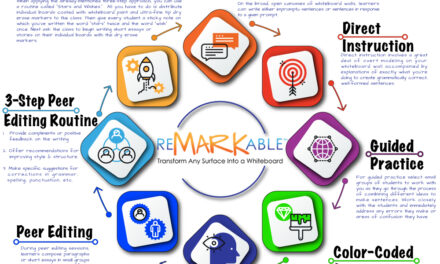


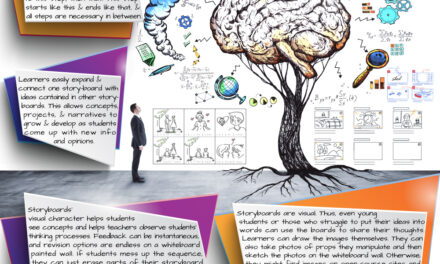
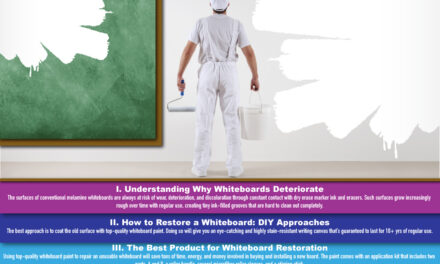

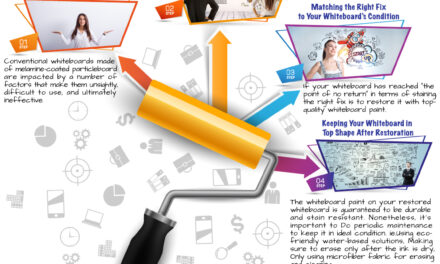
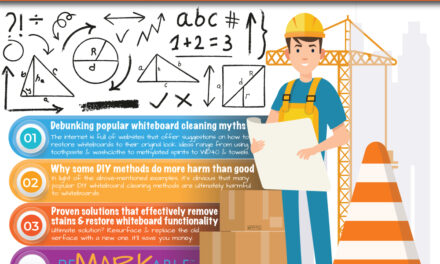
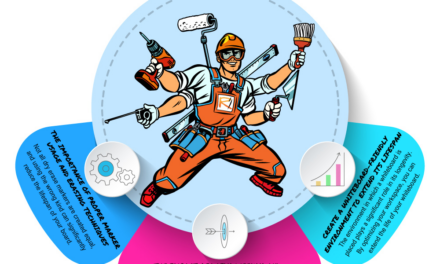

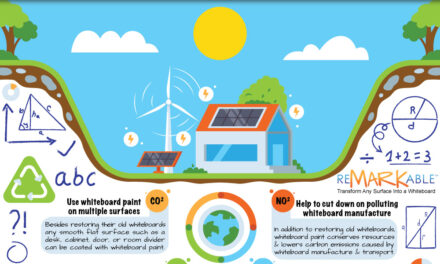
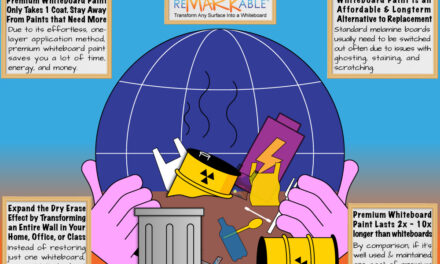
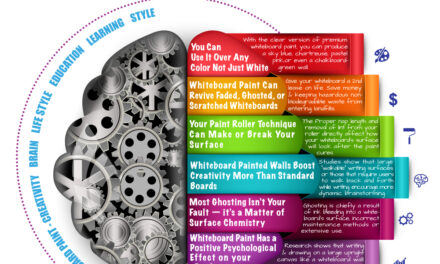
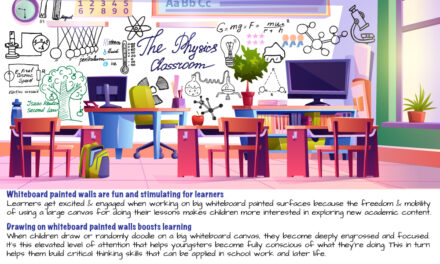
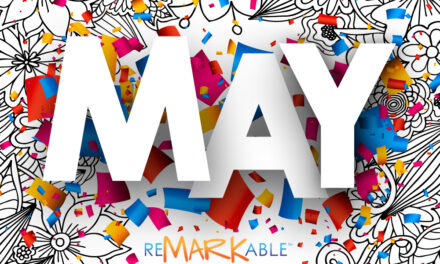
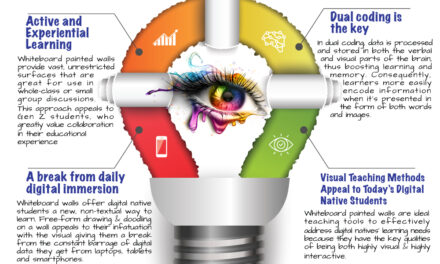
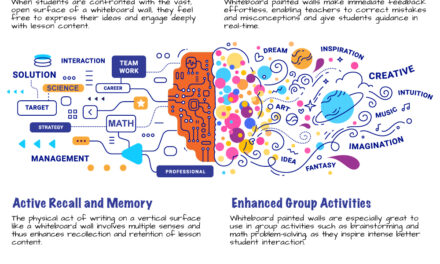
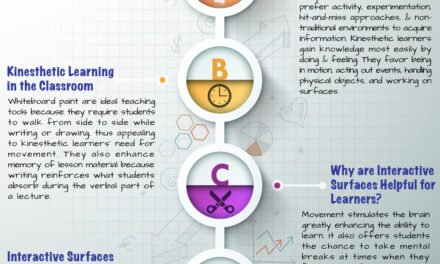

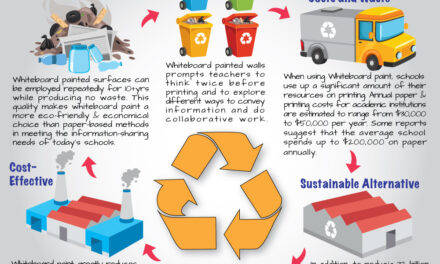
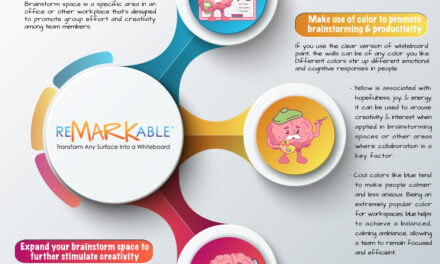
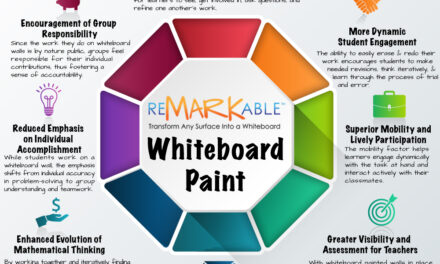
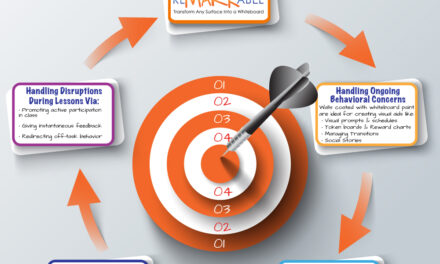
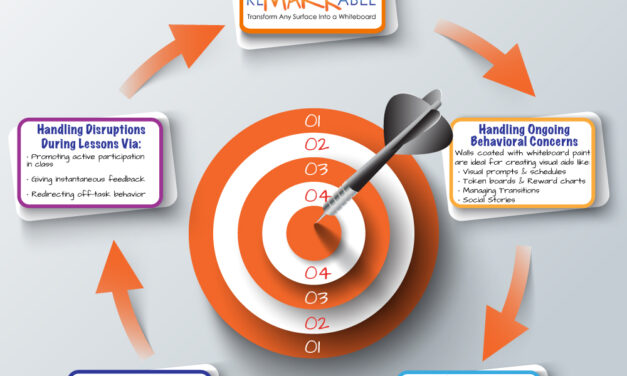
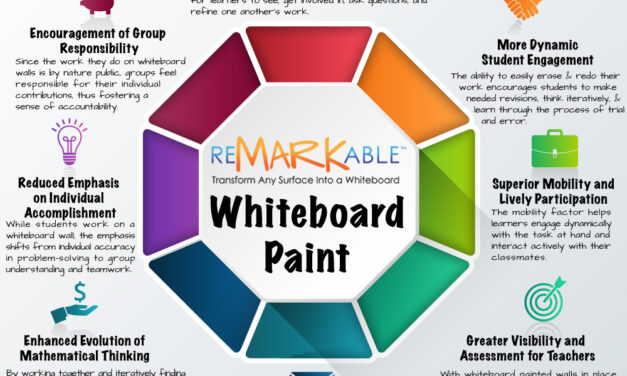
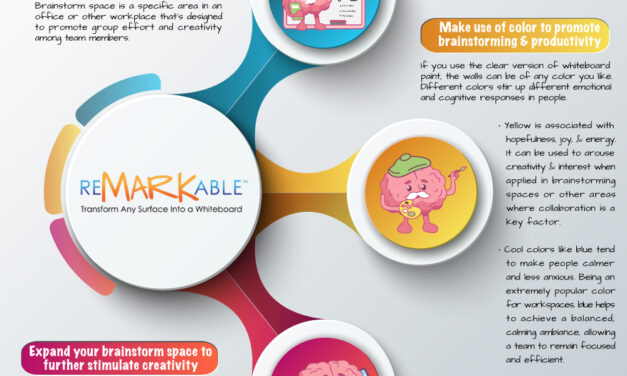


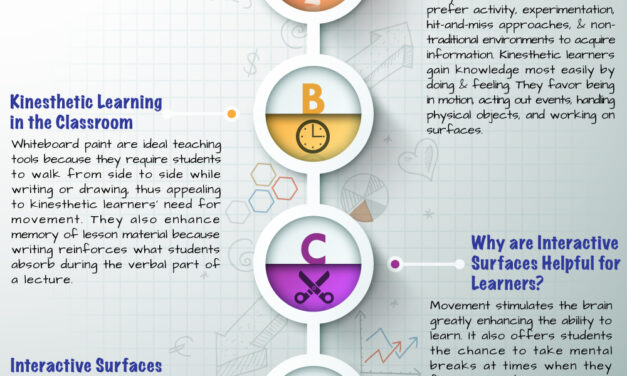





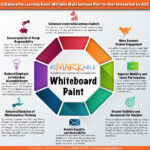
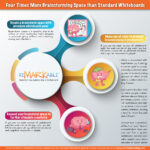
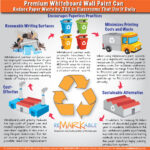

0 Comments